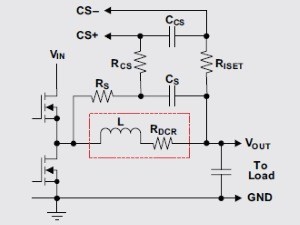Common mistakes made in controller designs for power converters

There are situations where designers who are used to working with converters with integrated field-effect transistors (FETs) begin using controllers as their current needs increase. It’s at this point that there are tendencies to overlook some design aspects, much like blind spots while driving. The article (Analog Design Journal, TI, 2Q 2018) describes the most common mistakes in controller-based designs, with some best practices that can help prevent those mistakes.
Controllers typically come into play when the output current requirements exceed 5 A. The primary reason is obviously thermal management. In some cases, the goal may be to hit an efficiency number and a controller must be chosen that provides flexibility in sizing the FETs. Another case may be that the current requirement is 10 A. Either a converter or a controller would work well, but a controller is selected because it’s reusable. A 10-A controller design can be modified for a 20-A rail by changing external components such as FETs and the inductor. Such designs are often used as a building blocks for various output voltages and currents. However, mistakes can happen when a building block is copied over to another design.




